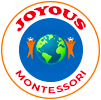Materials Used in the Montessori Method

Montessori Materials: Hands-On Learning Tools for Independent Growth
Montessori materials are specially designed hands-on learning tools that provide children with opportunities to explore, discover, and develop essential skills through repetition and practice. Each material focuses on teaching one specific skill at a time, allowing children to master key learning concepts in a structured, engaging, and self-directed manner. At Joyous Montessori, we embrace these materials as integral components of a child’s learning journey, fostering independence, problem-solving, and cognitive development.
What are Montessori Materials?
Montessori materials are thoughtfully crafted tools that stimulate curiosity, encourage hands-on exploration, and promote independent learning. These materials are carefully designed to align with a child’s natural developmental progress and cater to different learning styles.
Dr. Maria Montessori believed that “Nothing goes into the mind that does not first go through the hands.” That is why Montessori materials are tactile, interactive, and engaging. They offer a progressive learning experience, presented in sequence from simple to complex, ensuring children build upon their knowledge step by step.
A trained Montessori guide introduces each material through a Key Lesson, after which children are encouraged to use the material independently. Once they complete the activity, they return the material to its designated place, reinforcing responsibility and organization.
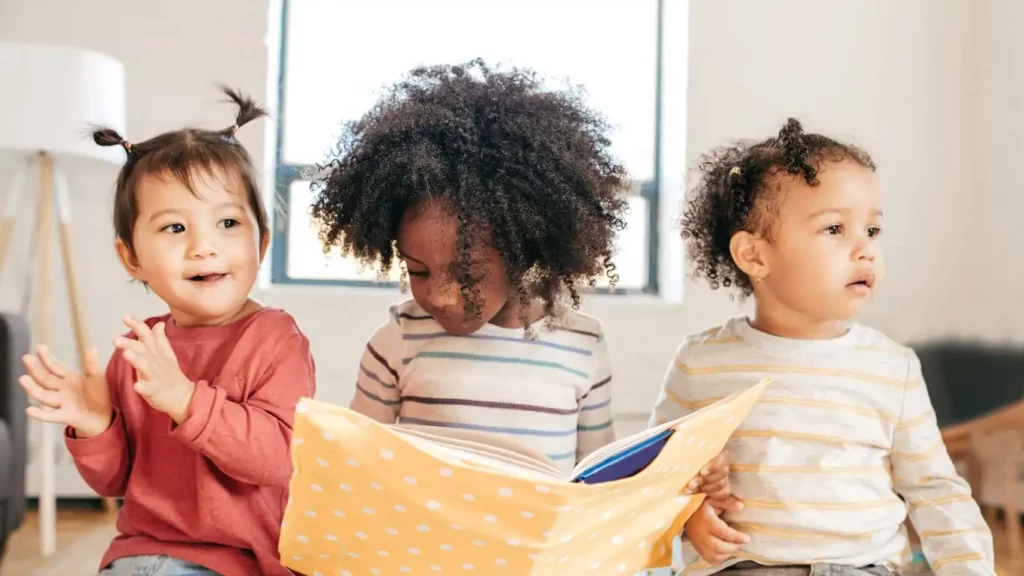
Unique Features of Montessori Materials
Montessori materials stand out from traditional educational tools in several ways:
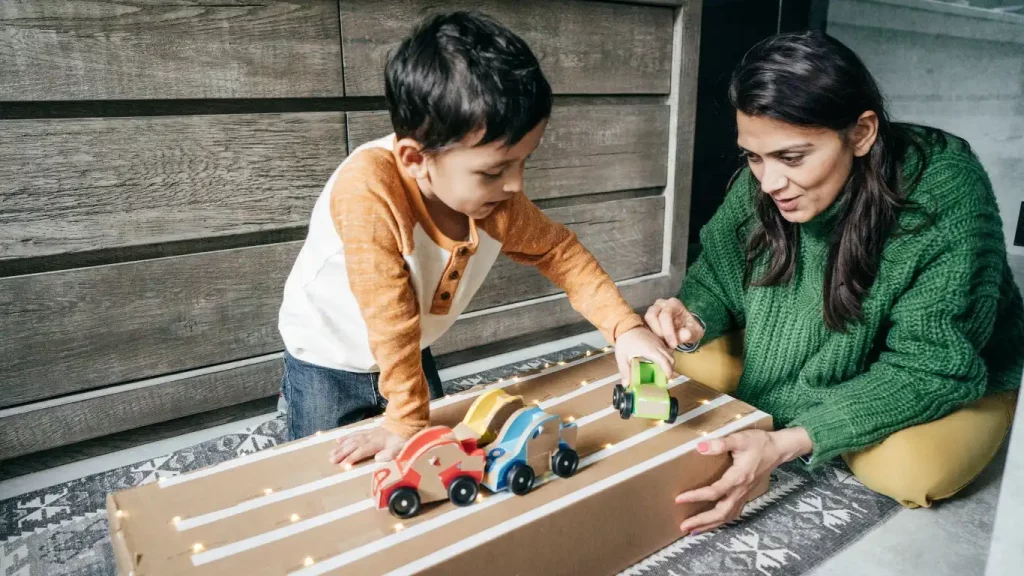
- Hands-on learning tools that teach one skill at a time
- Designed for multiple learning styles, accommodating visual, auditory, and kinesthetic learners
- Encourage mastery through repetition and practice
- Made of natural materials and real-life objects for sensory-rich experiences
- Foster independence, fine motor development, and concentration
- Promote problem-solving and self-correction
- Help simplify abstract concepts through tangible experiences
- Enable children to learn at their own pace
- Hands-on learning tools that teach one skill at a time
- Designed for multiple learning styles, accommodating visual, auditory, and kinesthetic learners
- Encourage mastery through repetition and practice
- Made of natural materials and real-life objects for sensory-rich experiences
- Foster independence, fine motor development, and concentration
- Promote problem-solving and self-correction
- Help simplify abstract concepts through tangible experiences
- Enable children to learn at their own pace
How Do Montessori Materials Work?
Hands-On Exploration
Each Montessori material is crafted to guide children toward key learning outcomes through active participation. Whether it’s the Pink Tower for visual discrimination, the Moveable Alphabet for early literacy, or the Number Rods for math concepts, each material helps children absorb knowledge through direct experience.
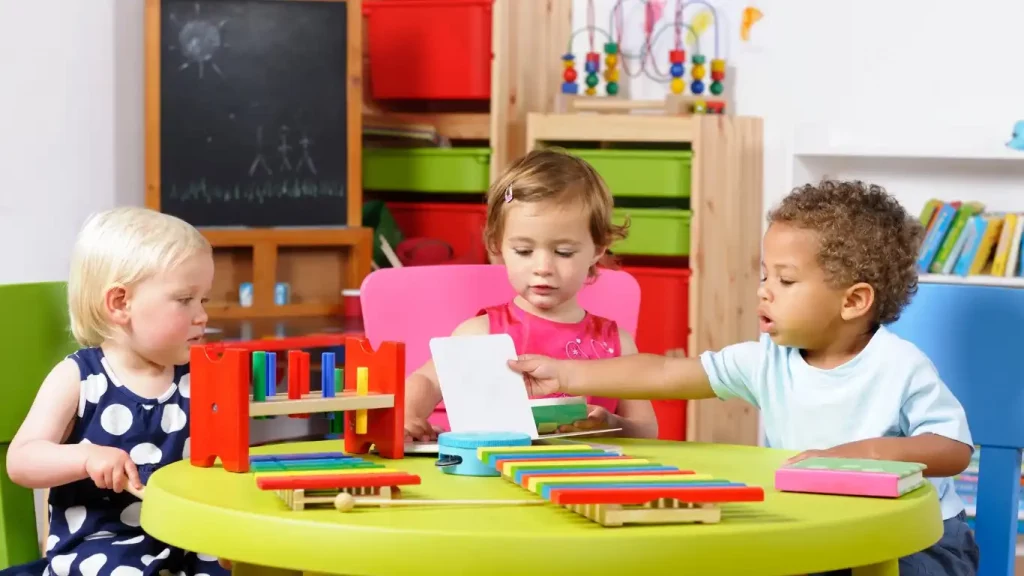
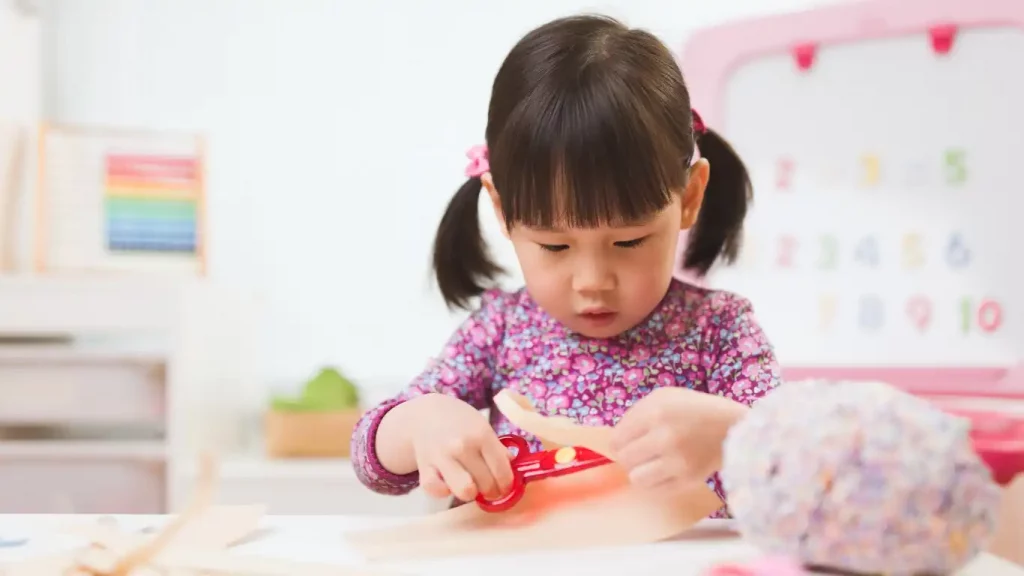
Control of Error
A defining feature of Montessori materials is the built-in “control of error,” which allows children to self-correct their mistakes. This fosters confidence, independence, and resilience in learning. For example, if a child is using knobbed cylinders and places one in the wrong slot, it will not fit correctly, prompting them to reassess and adjust without adult intervention.
Sequential Learning Path
Montessori materials are arranged in a logical sequence, progressing from simple to more complex activities. In the classroom, materials are displayed from left to right, mirroring the natural progression of reading and writing. This structured order enables children to advance through the curriculum at their own pace while steadily building their skills.
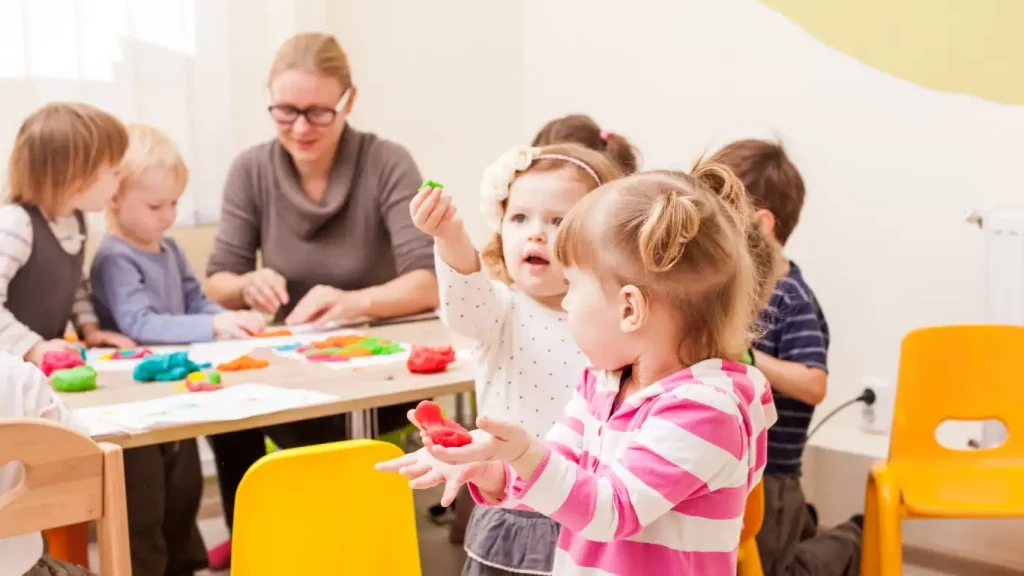
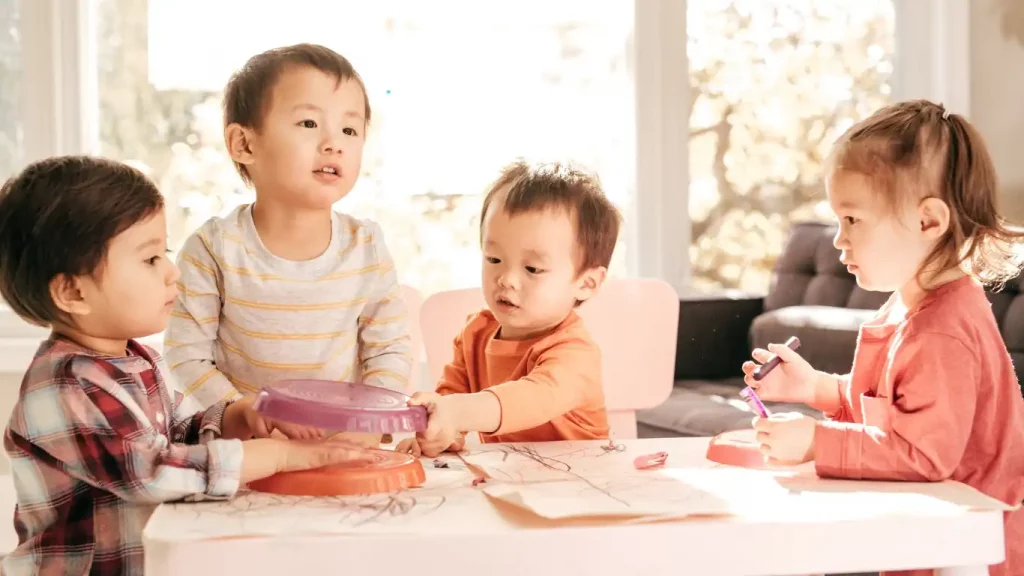
Fine Motor Skill Development
Manipulating Montessori materials requires precise hand movements, strengthening fine motor skills and hand-eye coordination. Activities like pouring, threading, stacking, and tracing prepare children for writing and other essential life skills. This hands-on engagement fosters focus, patience, and attention to detail.
One Concept at a Time
Each Montessori material isolates a single concept to ensure children can focus on mastering one skill before moving on to the next. For instance, the Spindle Box teaches counting and quantity recognition, while the Sandpaper Letters introduce phonetic sounds. This method ensures that learning is deep and meaningful.
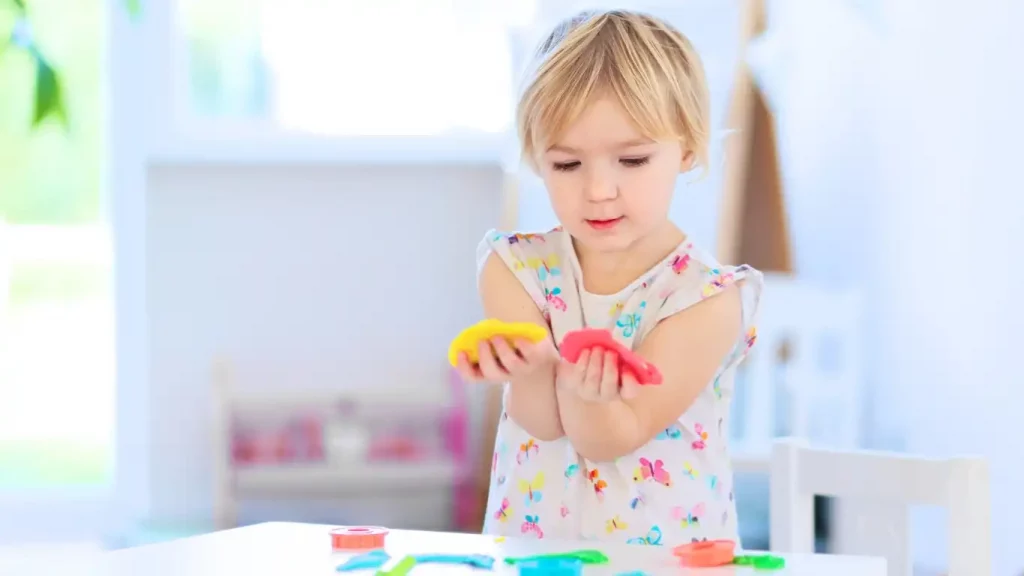
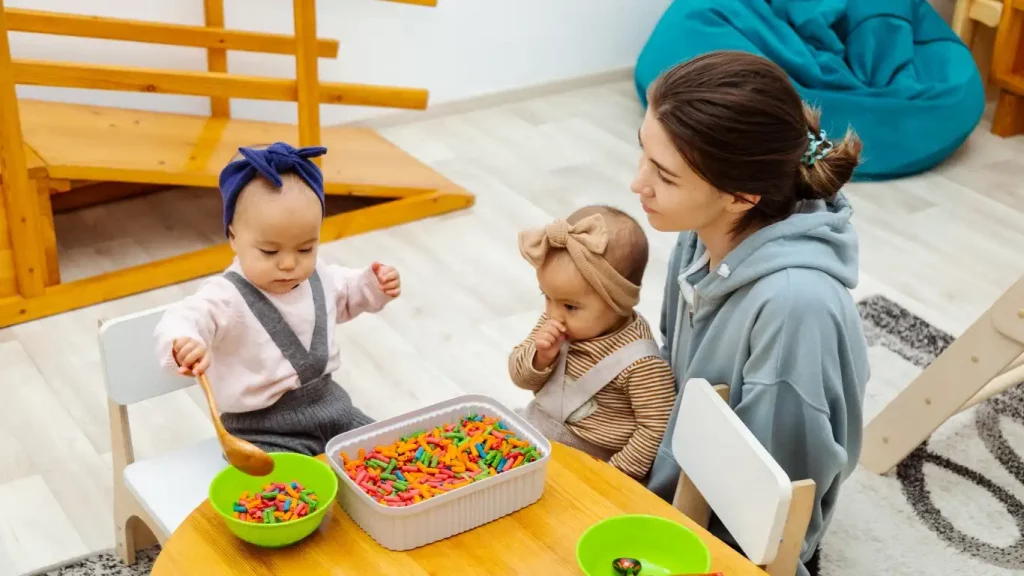
Encouraging Independent Learning
Montessori materials are designed for self-directed learning. Because of their interactive nature, children can engage with them without constant adult supervision. This autonomy helps develop confidence, self-motivation, and a love for learning.
Conclusion
At Joyous Montessori, we believe in the power of Montessori materials to create a rich, immersive, and effective learning environment. These hands-on learning tools allow children to explore, discover, and master skills at their own pace, fostering independence, confidence, and a lifelong love for learning. By integrating Montessori materials into daily activities, we provide children with the foundation for academic success, critical thinking, and personal growth. We invite you to schedule a tour of our school to experience firsthand how Montessori materials enrich children’s learning and development.
